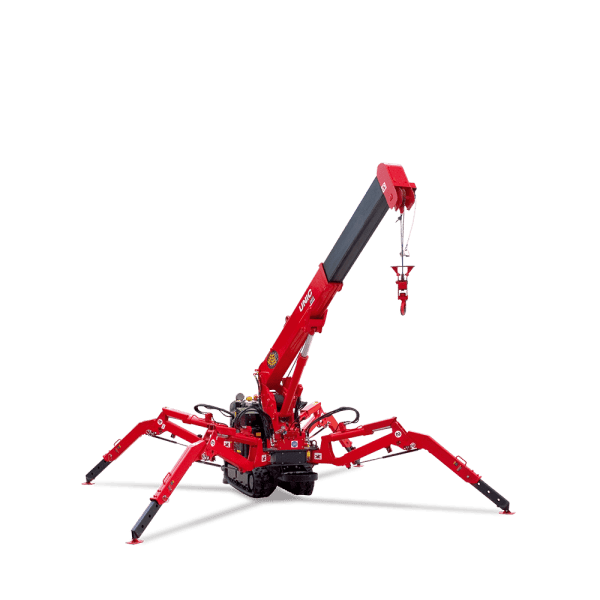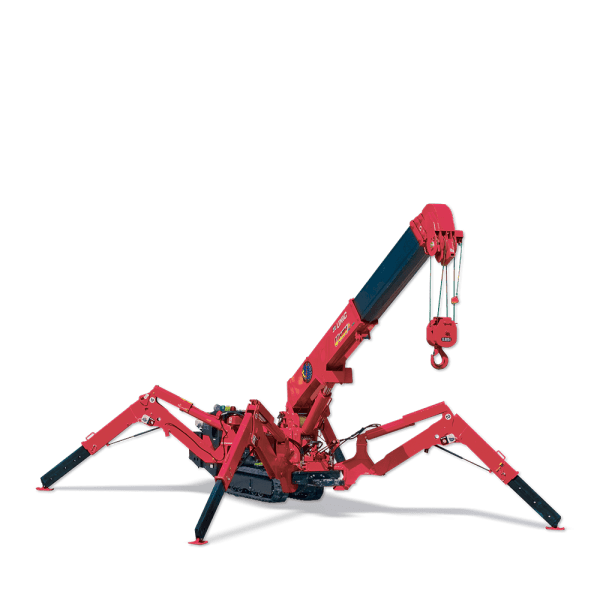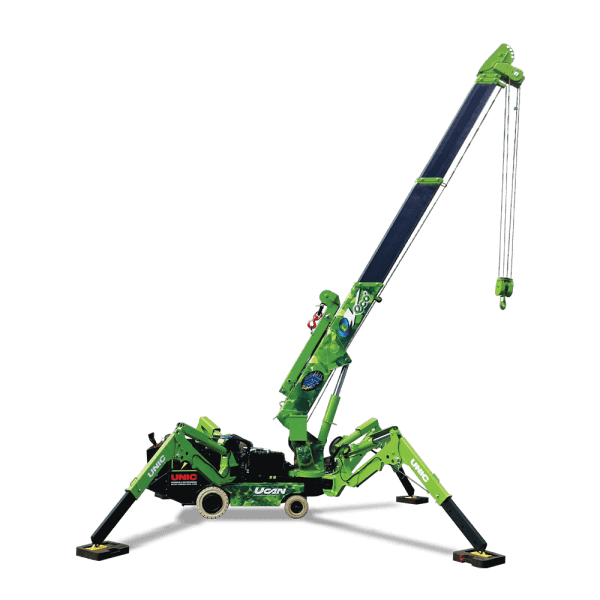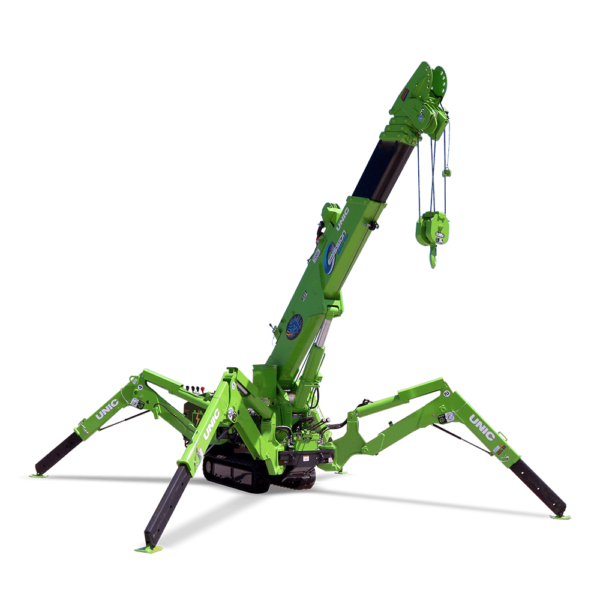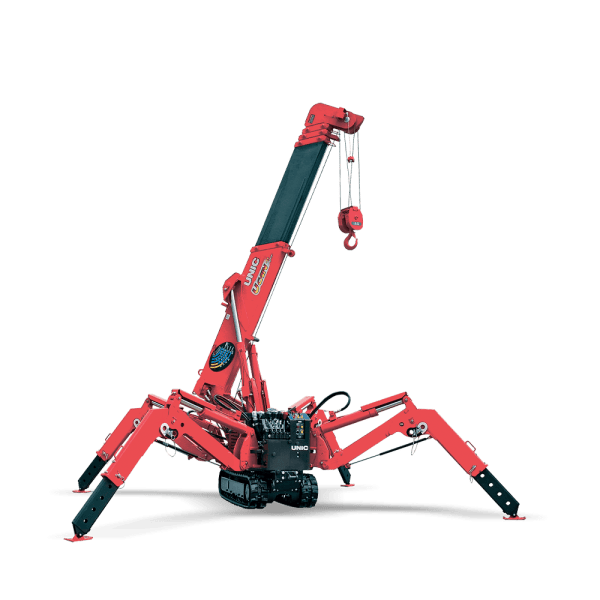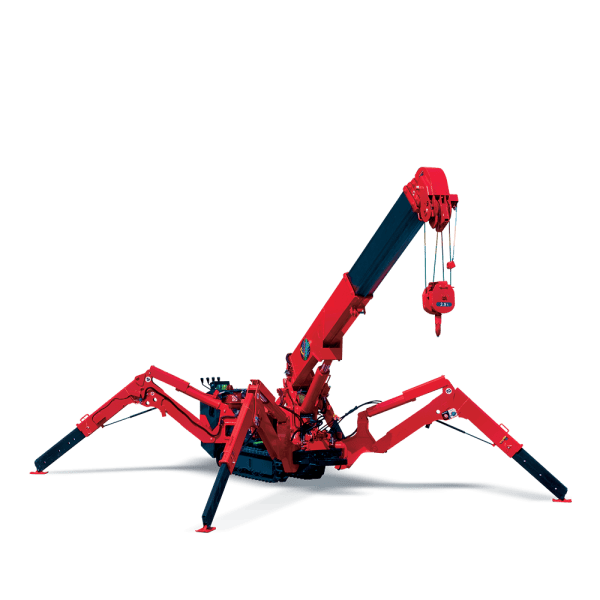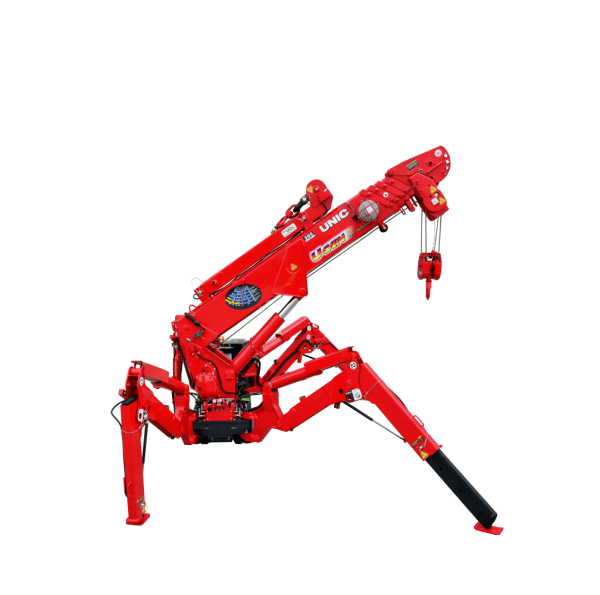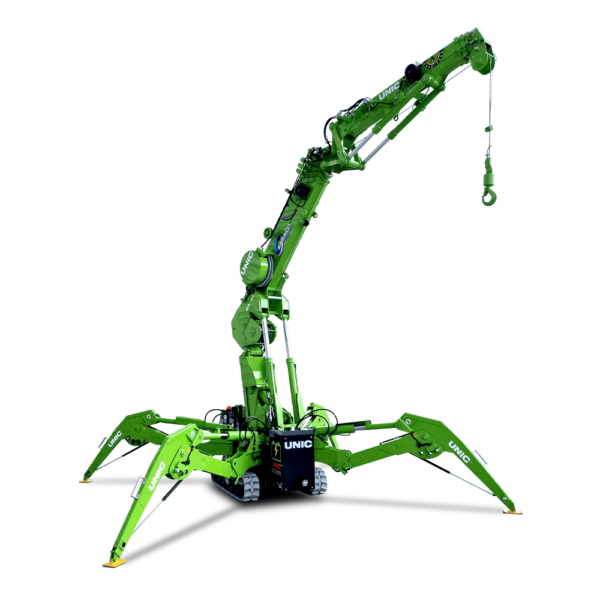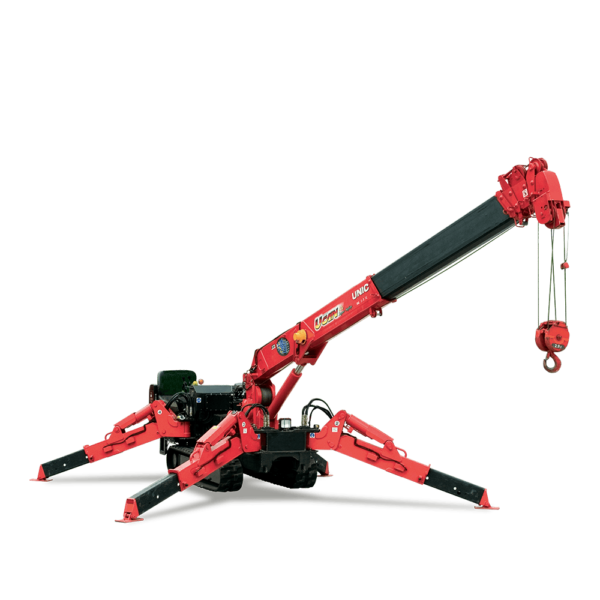Crane Safety Top Tips
Cranes are among the most effective and practical tools in the construction sector, being used for practically every task requiring a lift. These incredible machines do, however, carry a great deal of risk because of how quickly people and property can be damaged by their size and strength, which is why safety measures and rules have been put in place to lessen the likelihood.
We at GGR Group have been safely operating cranes for many years, and we have the specialised knowledge required to create innovative technology that will enhance your crane safety experience. We’ve listed our top ten safety recommendations for cranes below.
Top Crane Safety Tips
According to recent statistics, 9% of fatal injuries in the construction industry were caused by moving vehicles, and 10% of fatal injuries were caused by being struck by moving objects, both of which cranes likely to contributed to.
PPE
Don’t bring a crane to a construction site without the appropriate PPE since doing so puts your life and the lives of others in danger. According to the task, more safety gear may need to be added to the list of necessities we’ve provided below for using a crane.
- Hi-vis clothing
- Safety boots
- Hard hat
Ground Situation
Due to their size and weight, cranes are inherently sensitive to even the slightest changes in the terrain. Any uneven terrain can lead a crane to tip over or become trapped, and too soft of a surface can cause it to sink.
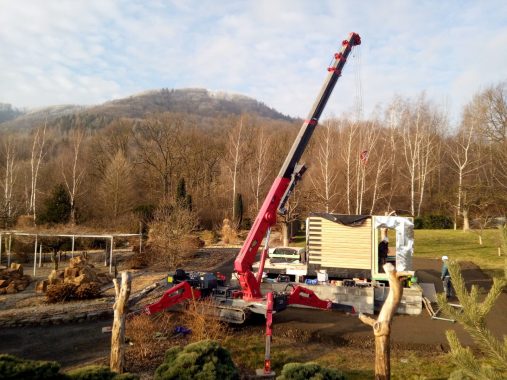
UNIC URW-706 performing a lift.
UNIC Mini Spider Cranes are designed for working on rough terrain and models such as the URW-706 have ±20˚ vertical and 20˚ traverse gradeability. Always confirm the expected ground conditions to ensure that you select the appropriate crane for the work, avoid losing time, and prevent accidents.
Weather
Despite the fact that cranes are robust devices, conducting any kind of lift in inclement weather can result in a variety of issues, such as the weight swinging in the wind and hitting something or rain impairing visibility making it unsafe to use. Both you and the crane may become too hot during hot weather. Crane steel can become brittle in cold temperatures, making them dangerous to use.
In our blog post on ‘Crane Safety During Winter,’ where we take care to cover all the major winter weather types, we go into further detail.
Risk analysis and lift strategy
Both of these play a crucial role in crane safety since they allow you to discuss potential dangers and how to avoid them. A competent person must complete the lift plan, which is a legal obligation since it must eliminate all obvious dangers and guarantee that the lift can be carried out safely.
Hazards in the area
There are many different types of hazards, including powerlines, chemicals, and areas with unstable terrain that is prone to landslides. Even after creating a lift plan, you should continue to stay vigilant because dangers might appear gradually or very unexpectedly.
Crane Examination
This is one of the most important aspects of crane safety since you cannot safely complete a lift without a safe crane. You must abide by government regulations and LOLER, which state that cranes must be thoroughly inspected before use, after assembly, periodically while in service (the frequency can vary depending on conditions), and in exceptional circumstances like damage and failure, lack of use for an extended period of time, and significant changes that could affect the integrity of the equipment.
Powerlines
Powerlines can typically not be moved and are one of the most difficult risks to avoid because they are present everywhere. Because cranes are made of steel, electricity can pass through them without touching a cable because they are very conductive.
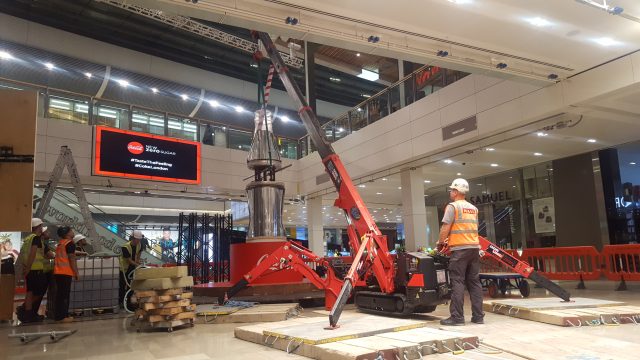
095 lifting a Coca-Cola bottle.
MATS AND CRIBBING
Because cranes are so heavy, it’s important to use the right outrigger mats and cribbing to keep them from sinking or failing during a lift. The usage of these creates a more stable surface and evenly distributes the crane’s weight to prevent sinking.
Enclose the hoist way
The hoist passage should not be accessible to any pedestrians or unwanted workers, especially when a lift is in use. You should clearly indicate that the public should not enter the area by enclosing it with road barriers, cones, and flashing barrier tapes.
Distractions such as mobile phones
You should avoid becoming distracted when using a crane or operating one yourself because doing so puts you and others in danger. When preoccupied with your phone or other activities, it’s easy to ignore dangers and pedestrians and risk hitting them with your crane or causing other costly incidents like damage to a structure.

